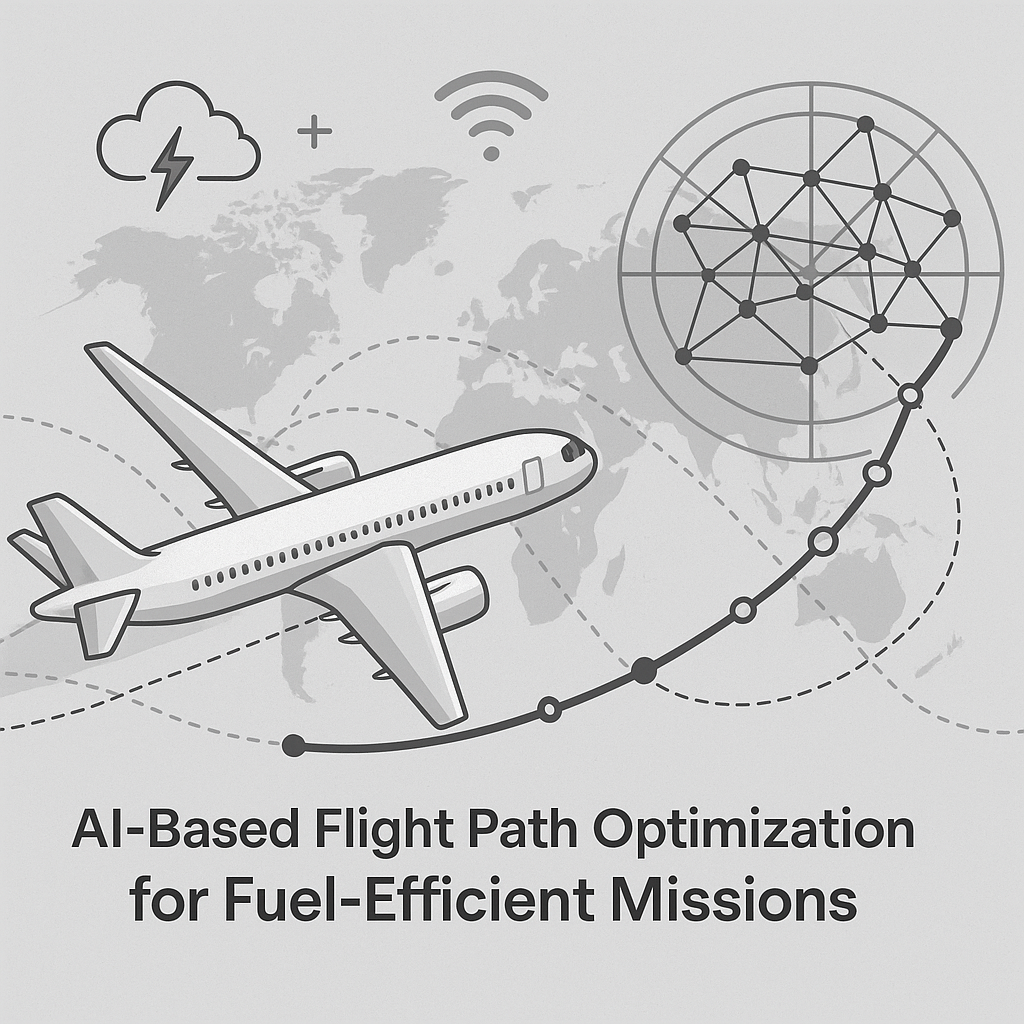Transforming Aerospace Operations Through Intelligent Routing
Introduction: Smarter Routes, Stronger Missions
Fuel represents nearly 30% of total operational costs for military and commercial aviation. Every inefficient route drains budgets and increases carbon emissions. AI flight path optimization is revolutionizing this equation—reducing fuel consumption by 15–25%, cutting emissions, and boosting mission efficiency.
Modern AI agents can now process 50+ real-time variables—from weather and airspace restrictions to aircraft weight and performance—instantly generating the most fuel-efficient, safe, and mission-ready routes.
The Problem with Legacy Flight Planning
Traditional flight management systems still depend on static, pre-computed routes that only consider a handful of factors—distance, weather, and fuel limits. These outdated methods can’t keep pace with dynamic operational realities like airspace closures, atmospheric shifts, or threat environments.
The result?
- $2.1 billion in annual fuel waste (U.S. DoD estimate)
- Higher maintenance costs and crew duty-time overruns
- Missed mission windows due to slow route recalculations
Today’s aerospace operations demand intelligent, adaptive systems that make optimization a continuous process, not a one-time calculation.
How AI Flight Path Optimization Works
At the heart of this transformation is a multi-agent AI architecture capable of analyzing live data from multiple domains:
- Weather Analysis Agents assess real-time storm systems, turbulence, and jet stream positions to minimize drag and exploit favorable winds.
- Airspace Management Agents evaluate NOTAMs, restricted zones, and ATC preferences for optimal routing.
- Threat Avoidance Agents (in defense applications) dynamically reroute aircraft to avoid hostile zones and electronic warfare interference.
These intelligent agents operate collaboratively, recalculating flight paths in seconds to maintain safety, efficiency, and mission success.
Real Results from AI-Driven Optimization
U.S. Air Force C-17 Fleet:
- 23% reduction in fuel burn
- 18% faster on-time arrivals
- $47M annual savings across fleet operations
Commercial Cargo Operations:
- 19% average fuel savings on trans-Pacific routes
- 27% reduction in flight time variation
- 42% improvement in arrival predictability
These systems not only optimize before takeoff but continuously adjust in flight—a capability traditional planners can’t match.
Integration Without Disruption
Netray’s AI optimization platform integrates directly with existing Flight Management Computers (FMCs), air traffic control systems, and ground planning software.
It supports:
- Real-time data links (ACARS, ATC, weather feeds)
- Predictive maintenance tie-ins
- DO-178C and MIL-STD compliance for civil and defense programs
The result is a seamless, certified solution that upgrades flight performance without disrupting mission workflows.
Measurable ROI and Environmental Gains
- Fuel Cost Savings: 15–25% per mission
- Maintenance Cost Reduction: 10% average
- Crew Efficiency: 5–10% improvement
- Carbon Emission Reduction: up to 30% per flight
- ROI Timeline: Full return within 18–24 months
With compound learning, AI systems continue improving over time, yielding greater efficiency with every mission flown.
Netray’s Intelligent Flight Routing Platform
Netray’s AI-based flight path optimization suite provides:
- Real-time processing across 50+ variables
- Adaptive learning from past missions
- Dynamic dashboards for performance tracking
- Scalable deployment across single aircraft or entire fleets
Military, cargo, and commercial operators can all benefit from mission-tailored modules that enhance safety, reduce cost, and improve predictability.
Conclusion: The Future of Aviation is Adaptive
AI flight path optimization is not a trend—it’s the new operational baseline for fuel-efficient, data-driven aviation.
By combining aerospace expertise with next-generation AI, Netray helps organizations achieve smarter routing, lower emissions, and superior mission outcomes.



